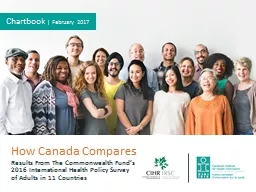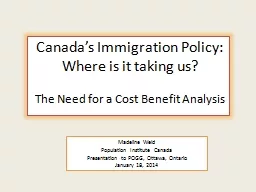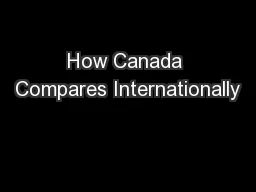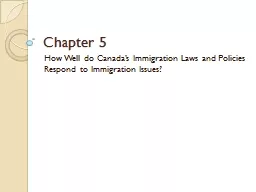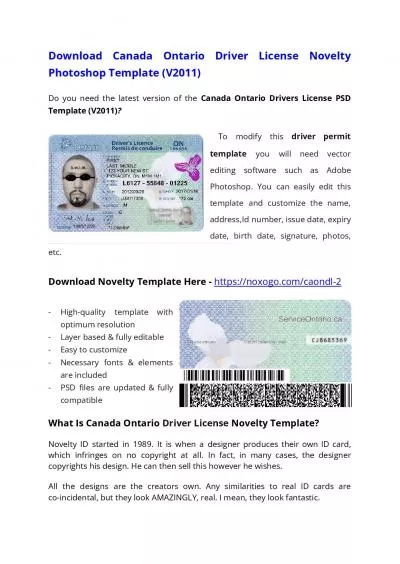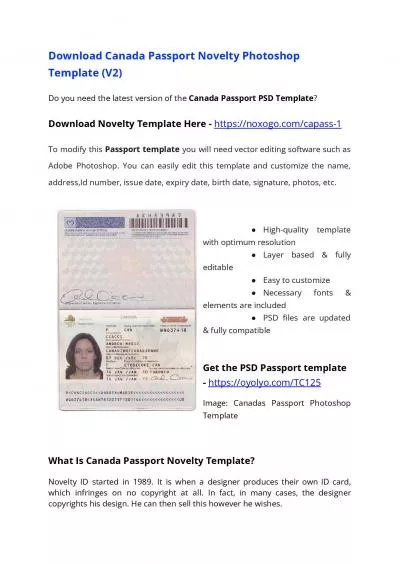PPT-How Canada Compares
Author : faustina-dinatale | Published Date : 2019-11-22
How Canada Compares Results From The Commonwealth Funds 2016 International Health Policy Survey of Adults in 11 Countries Chartbook February 2017 Production of
Presentation Embed Code
Download Presentation
Download Presentation The PPT/PDF document "How Canada Compares" is the property of its rightful owner. Permission is granted to download and print the materials on this website for personal, non-commercial use only, and to display it on your personal computer provided you do not modify the materials and that you retain all copyright notices contained in the materials. By downloading content from our website, you accept the terms of this agreement.
How Canada Compares: Transcript
Download Rules Of Document
"How Canada Compares"The content belongs to its owner. You may download and print it for personal use, without modification, and keep all copyright notices. By downloading, you agree to these terms.
Related Documents

